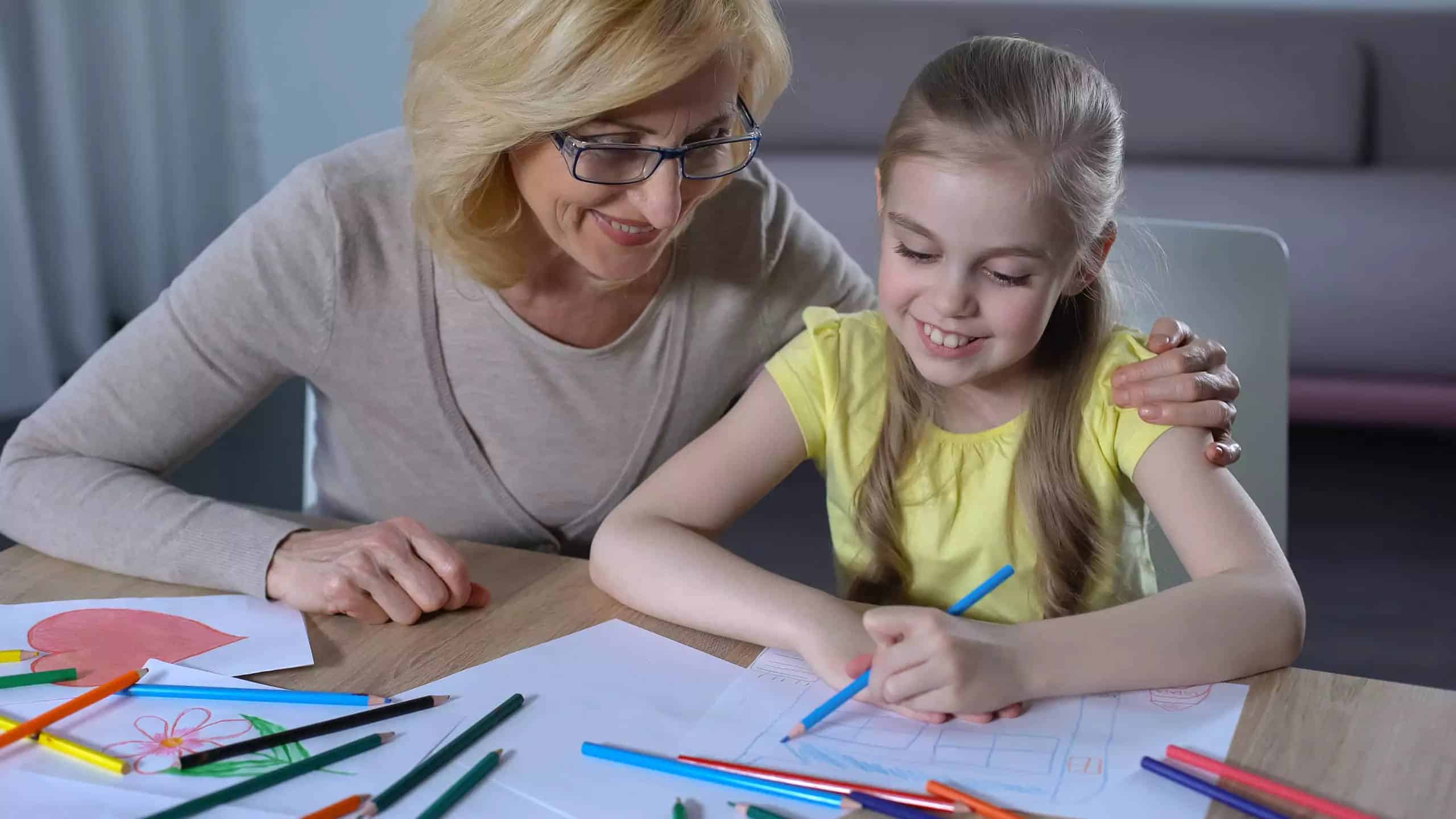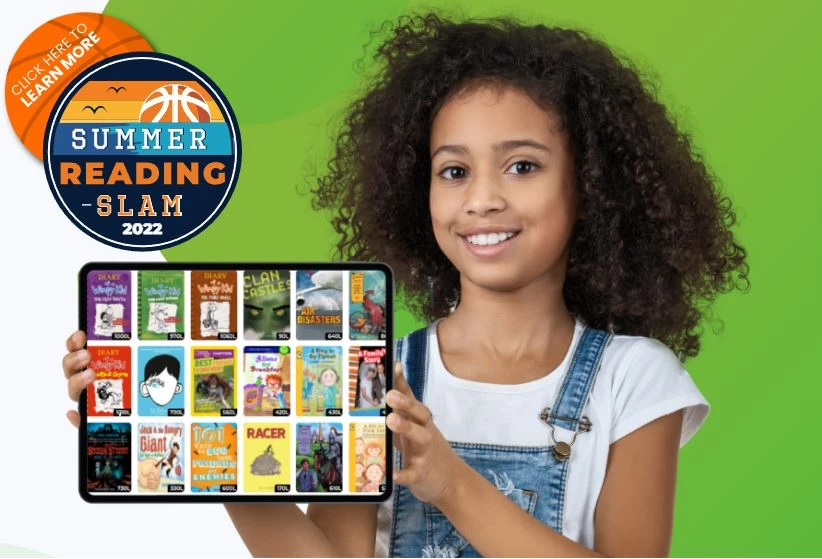
Children with ADHD have great strengths, but also challenges that can impact your family at home. That is because attention, and the executive functioning skills ADHD affects, are important for a lot of different daily tasks, from getting to school on time and completing chores, to managing relationships with siblings. The below suggestions are designed to help your family support your child with ADHD and reduce your stress!
1. Managing Organization
Children with ADHD often have difficulty keeping things organized, including knowing where items are so they can find them easily. In fact, without an organization system you might feel like you are constantly on the search for a missing item!
One way to help your child with ADHD keep organized is with a clear and consistent organization system. This means:
- Keeping items in the same place. While moving the socks from the top to bottom drawer might not seem like a big deal, this can really throw off your child with ADHD. Consistency is key so they are able to learn where things go!
- Using clear storage containers and adding labels. Clear storage makes it easier and faster for your child to know where their belongings are supposed to go. Labels offer a nice back-up in case anything has ended up in the wrong place.
- Implementing routines for organization. Just like adults, children need clear times in the day to organize so things don’t get out of hand! Adding organization to your daily routine is good for children of all ages! For example, always cleaning toys up before snack or organizing backpacks as soon as they get home from school.
- Creating an “I don’t know” location. Setting aside a basket for when your child doesn’t know where something should go can be a lifesaver. Instead of placing it in the closest basket, corner, or bag your child can place items they are not sure enough in one place. This allows you to show them where it belongs (and not go on a wild goose chase when someone is eventually looking for it!)
2. Managing Time Management
Time management, or knowing when a task is and how long it will take, is a difficult skill for most children and adults with ADHD. Depending on your child’s age, they may need extra support with this because understanding time is something that develops a little later. Some ways you can support time management include:
- For Preschoolers: As the parent you will be in charge of your child’s schedule, but you can start teaching them about how to manage their time. Visual timers (like this or this) are a great way to do this! Set a visual timer for the length of time you have for that particular task. For example, “We have 20 minutes to play right now.” They will be able to watch the timer count down so they have an idea of how much time they have left!
- For Elementary Schoolers (age 5-10): You are still running the show for children this age, but they can start to learn about and have more authority over their time management.
- Visual timers are still helpful but you can also start using regular timers if they can read a digital or analog clock.
- Guessing games are a fun way to build time awareness. For example, ask them to guess how long it will take for them to read a chapter in their book, finish one worksheet of homework, or make their bed. Then time them and see how close they were! You can make it fun by also asking them how long it will take to run across the yard, finish a board game, or jump 15 times.
- Keeping a weekly or monthly family calendar is helpful. Color coordinating events by family members is a supportive visual tool. Reviewing the week ahead with your child and showing them how you plan your time teaches them about time management. For example, you could say, “Thursday you have piano at 4pm and your sister has soccer at 5pm. That means we will need to make a fast dinner because we will get home late. What’s a yummy dinner that doesn’t take too long to cook?”
- For Middle and High Schoolers (age 11-18): Middle and high school students are gaining more responsibility over their schedule. Keeping a family calendar on an app like iCal or Google Calendar gives them some autonomy but also lets you keep an eye out so they don’t miss important deadlines. Teaching them how to use a paper planner to keep track of school assignments is also a useful tool for this age group.
3. Managing Attention
As described in the name, children with ADHD fundamentally have difficulty focusing and maintaining their attention, particularly on tasks that are less motivating. For example, you may struggle to have your child attend long enough to complete homework or chores. You can modify the below attention strategies based on your child’s age.
- Verbal Redirection. If you notice your child getting off track a gentle reminder can do the trick. For example, if your child starts to wander away from the dishwasher they are unloading you might say, “Your task is to unload the dishwasher right now, but I see you walking away. Oops! You have a few more plates in there!” A gentle, helpful tone is important here!
- Limit Distractions: Think about the senses — sound, sight, touch. Reducing stimulation in those areas can be helpful. For example, quiet, calm rooms with minimal wall decor and comfortable furniture will naturally help your child focus. If that’s not possible, offer your child noise canceling headphones and try to stay in a room with things that are less enticing for your child to gravitate to.
- Limit Virtual Distractions. Especially for older children or children of all ages who are doing virtual learning, use a website blocker to make sure your child is not easily sidetracked by an interesting game or webpage while doing something else, like homework.
- Offer Breaks. We all benefit from a break, but children particularly need them. If your child can only maintain a few minutes of attention at first, that’s okay. Notice their cues that they are losing attention and proactively give them a brief movement break – dance to one song, let them run three laps around the house, or do 20 jumping jacks. Work on extending their attention span by stretching the breaks out a little more. Being proactive is important, it helps reduce frustration for everyone!
- Use Engaging Materials. Using motivating and engaging activities also helps keep your child’s attention. Working on math? Add and subtract lego bricks. Working on reading and writing? LightSail has engaging modules, attention support tools like fading extraneous text, and gamification that makes reading and writing tasks fun! Plus, they have books on a variety of topics for all reading levels, meaning your child can choose a book that interests them. The LightSail library even includes school classics so your child can use these tools with books they are assigned from school. With 360 degree images and videos to support your child’s learning, LightSail supports your child’s attention to reading and writing tasks.
4. Managing Emotion Regulation
While time management, organization, and attention are all important and very practical, we can’t ignore the social emotional side of ADHD. Children with ADHD may have difficulty managing their emotions and impulsivity. Strategies that can help children of all ages include:
- Trying Meditation. Yoga and meditation are growing tools in the social emotional toolbox of many schools, for children of all ages. For younger children, try YouTube videos for short, guided meditations and yoga classes for kids, like this. Older children and teens can try apps like HeadSpace and Calm, or find a local yoga studio that offers kid and teen classes.
- Pursuing Counseling. When in doubt, a good counselor or therapist who has experiences with children with ADHD can be a huge resource! They can tailor their strategies to your child and family’s specific needs. Psychology Today is a national resource for finding therapists.
- Using Strengths. Show your child how to use their strengths to express themselves! Children and teens with ADHD can struggle with self-esteem or frustration. Don’t forget to remind your child of the strengths their ADHD gives them too! Lists like this about the positives of ADHD can give your child ideas about what strengths they bring because of their ADHD! Knowing some famous people who also have ADHD might be particularly helpful to an older child or teen.
Having a child with ADHD can impact the entire family. However, by playing to your child’s strengths and implementing strategies to support their organization, time management, attention, and emotion regulation the whole family can benefit! Still needing extra support at home? Reach out to your child’s pediatrician, therapist, or teacher for more resources.

Posted on 10.Oct.21 in Struggling Readers




